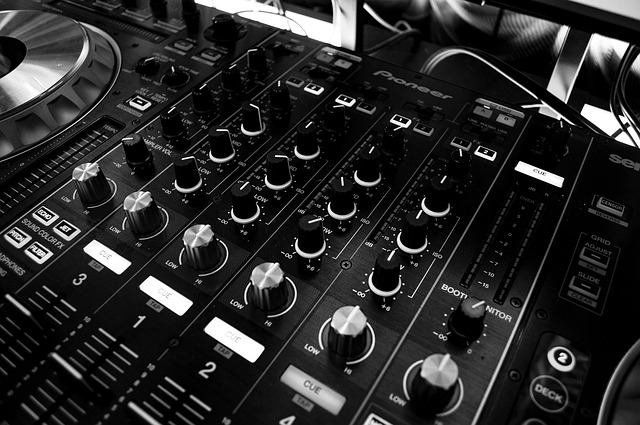Mastering the Art of Mixing: Advanced Techniques to Elevate Your Sound
Every music artist understands that mixing techniques play a crucial role in shaping the final output of a track. For many, mixing is not just a technical process but an emotional journey that transforms raw sounds into beautifully crafted pieces of art. As you delve deeper into the world of mixing, you may find that advanced techniques can elevate your sound to new heights, capturing the essence of your vision while enchanting listeners.
Understanding the Basics, Then Expanding
Before diving into advanced mixing techniques, it’s essential to have a solid grasp of the basics. Gain staging, EQ, and panning should be well understood, as these fundamental skills create a strong foundation for more complex techniques. Once you feel comfortable with these elements, you can begin to explore the intricacies of mixing that can set your work apart from the rest.
Using Parallel Compression
Parallel compression is a technique that involves layering a compressed version of a track over the dry, uncompressed version. This enables you to enhance the punch and presence of your mix without sacrificing the dynamics. It’s especially effective on drums and vocals, bringing them to the forefront while maintaining a natural sound. Experiment with varying levels of compression to find a sweet spot that compliments your vision.
Automation: The Art of Control
In an age where dynamics are key to keeping listeners engaged, automation can work wonders. From subtle adjustments in volume to dramatic shifts in effects, automating elements throughout your track can create movement and excitement. It allows you to control how different components interact over time, evoking emotions that resonate deeply with your audience.
Layering Sounds for Depth
Another advanced mixing technique involves layering different sounds to create depth and richness. Combine similar instruments at varying octaves or use complementary textures to build a fuller soundscape. The goal is to develop an auditory experience that is not just heard but felt. This technique can especially shine in genres like electronic and orchestral music, where lush soundscapes are often desired.
Utilizing Effects Creatively
Dive into the world of effects and explore how they can transform individual sounds and the overall atmosphere of your mix. Experimenting with reverb, delay, and modulation can add unique qualities to your tracks. Creative use of effects can also help to create contrast and separation between instruments, making elements pop while still maintaining cohesiveness.
Mixing in Mono for Clarity
While stereo mixing is the standard, don’t underestimate the power of mixing in mono. By doing this, you can focus on the balance and clarity of each instrument without the interference of stereo width. Once you have a solid mix in mono, expand it to stereo to enhance spatial distinctions. This technique is invaluable in ensuring that your mix translates well across various playback systems.
Final Touches with Mastering in Mind
As you apply these advanced mixing techniques, remember to keep mastering in mind. The final touch is vital for ensuring that your mix holds its own in a professional landscape. Pay attention to levels, frequency balance, and overall dynamics to ensure you work toward a mix that will shine in its mastered form.
Embrace the challenge of pushing your mixing skills to the next level. By integrating these advanced techniques into your workflow, you’ll not only refine your sound but also carve out an identity that resonates with listeners. The journey of mastering the art of mixing is ongoing, but with dedication and experimentation, the elevation of your sound is inevitable.



